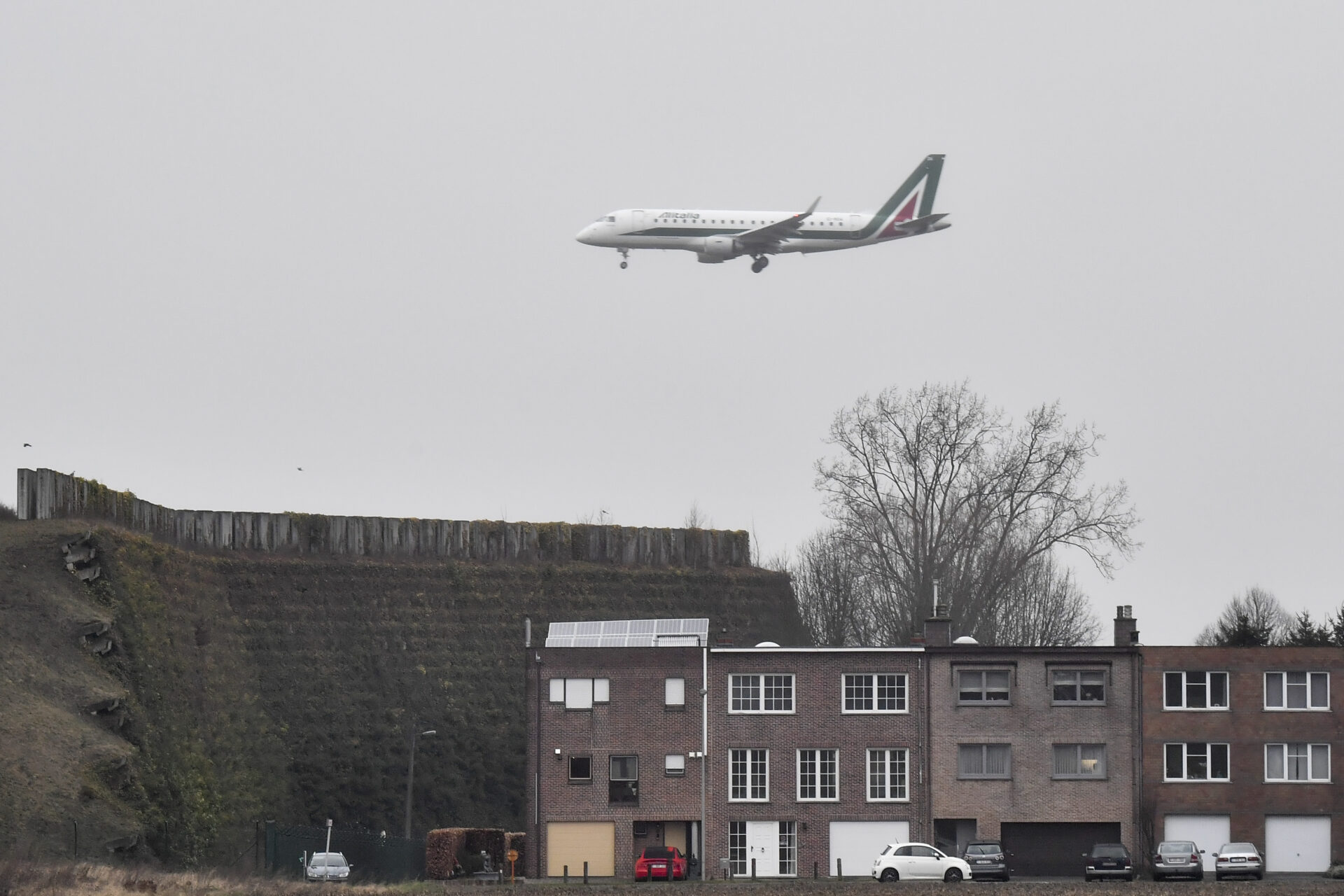Noise pollution often underestimated but significantly impacting our lives, has become a pressing concern in major cities worldwide. From the bustling streets of Brussels to the vibrant ambience of Paris, urban dwellers are increasingly raising their voices against incessant noise.
A recent UN report has identified noise pollution as one of the biggest emerging threats in cities, ranking it second only to air pollution in terms of health risks.
In Brussels, known as the loudest city in Belgium, the cacophony of city life, including traffic, construction, and social activities, has reached alarming levels. Shockingly, more than 70% of Brussels residents are exposed to noise levels exceeding the World Health Organization's (WHO) recommended annual average of 53 decibels (dB). This excessive noise shortens the lives of Brussels residents by an average of eight months. In Antwerp, around 10% of residents regularly endure noise levels exceeding 70 dB, and in Ghent, 4.5% face a similar situation.
Europe has taken a proactive stance on combating noise pollution by requiring major cities to report on traffic noise levels and encouraging effective interventions. Chronic exposure to high noise levels is associated with hearing loss, sleep disturbances, cardiovascular diseases, diabetes, and premature death, making it a grave public health concern.
To address this issue, many cities have implemented action plans focusing primarily on traffic noise reduction. Paris, Brussels, and Antwerp have enforced speed limits of 30 kilometres per hour to reduce street noise, with Paris planning to levy parking charges on motorbikes.

Airplane landing at Brussels Airport, in Zaventem. Credit: Belga
Cities have also employed sound barriers along busy roads and improved road surfaces to mitigate tire noise. Antwerp aims to eliminate housing surrounded by more than 70 dB by 2030, utilising sound-blocking screens and quieter asphalt. Ghent, targeting a maximum facade noise of 65 dB, emphasises sustainable transportation, speed limits, and noise-reducing road surfaces.
Ecological interventions such as pedestrian zones, electric vehicles, and low-emission zones are also contributing to quieter urban environments. Paris, for instance, has become 2 dB quieter on average by banning polluting cars from city centres and enhancing bike infrastructure.
Brussels has transformed large areas into pedestrian zones, offering respite from vehicular noise. Urban planners recognise that complete silence is not the goal; instead, they aim to create pleasant "soundscapes" that encompass all urban sounds, including those considered pleasant, like the sound of water or children playing.
Related News
- Brussels increasingly cracking down on 'rodeo drivers', but battle is complex
- Penalise noise pollution by loud smartphones, legislators urge
- Car-Free Sunday saw 'significant reductions' in air and noise pollution
To foster quieter environments, cities are also creating "quiet zones" in parks, gardens, and along waterways. These areas, protected and enhanced with greenery and water features, promote relaxation and well-being. However, labelling them as quiet zones is avoided to prevent overcrowding by tourists.
Nonetheless, tackling noise pollution remains challenging. Social noise, such as loud neighbours and restaurants, is the second-largest source of urban noise. However, the perception of noise varies among individuals, making it difficult to satisfy everyone's complaints.

